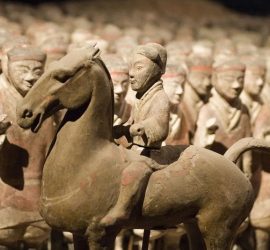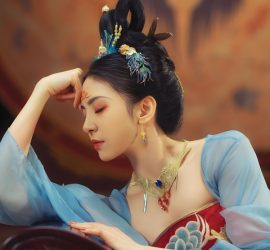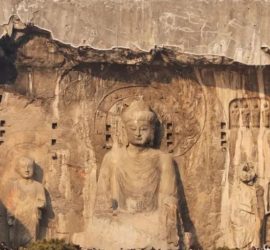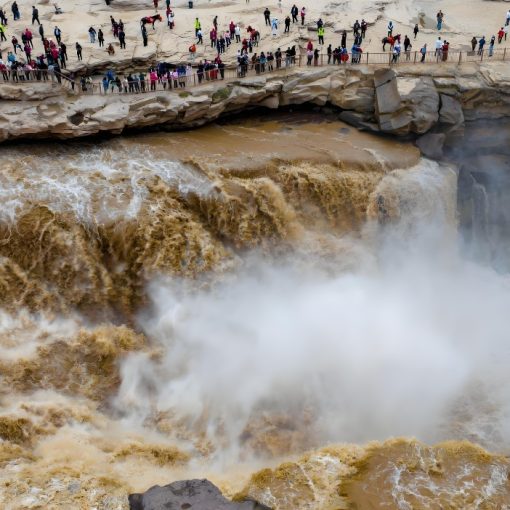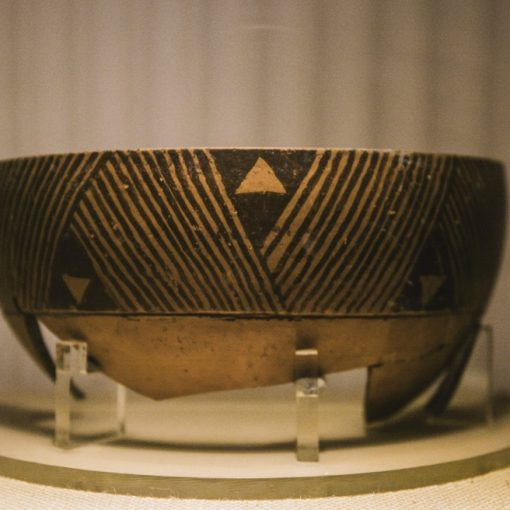The Qianling Mausoleum is a tomb site of the Dynasty of Tang and it is in Qian County, Shaanxi province, China. The mausoleum is 53 miles northwest of Xian which was formerly known as Chang’an and it is the Tang capital. The actual date that the mausoleum was built is about 618 and it represents one of the Chinese historical landmarks. The main tombs are those of Emperor known as Gaozong and Wu Zetian who was the empress. It is the only tomb that an emperor is sharing with his wife but this is attributed to that the empress became the ruler after her husband’s death.
The entire site of the mausoleum covers an area of 0.88 square miles and has a total of 124 sculptures made of stone. The southern approach of the mausoleum is lined with sculptures of both people and animals. The most prominent animals are ostriches, horses, winged horses and lions. The animals are an indicator of how prominent the emperor and his wife were when they ruled China. In the mausoleum there are also different buildings which include a pavilion, a sacrifice hall, a hall of ministers and different corridors. Most of the structures and sculptures were built after the emperor was buried through the instructions of the empress. The structures remain intact because they are properly maintained. But there are some which have worn out because of age.
The Qianling mausoleum provides an ideal attraction especially to people who love history. It shows the rich history of the Chinese people from the ancient days. This is the primary reason why people from different parts of the world regularly come to view the fascinating tombs. Getting to this popular mausoleum is simple where one can take a train from the Xian Railway Station which will go to Qianxian and then proceed to take a local bus to Qianling. There are well maintained roads which make it possible to even use private transportation or hire a vehicle. Therefore, the Qianling mausoleum provides an ideal destination for anyone who would like to see the rich History of China


